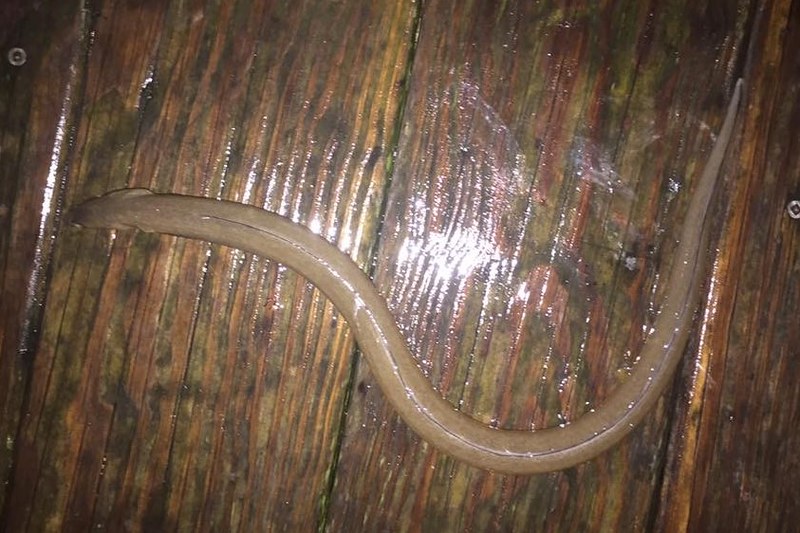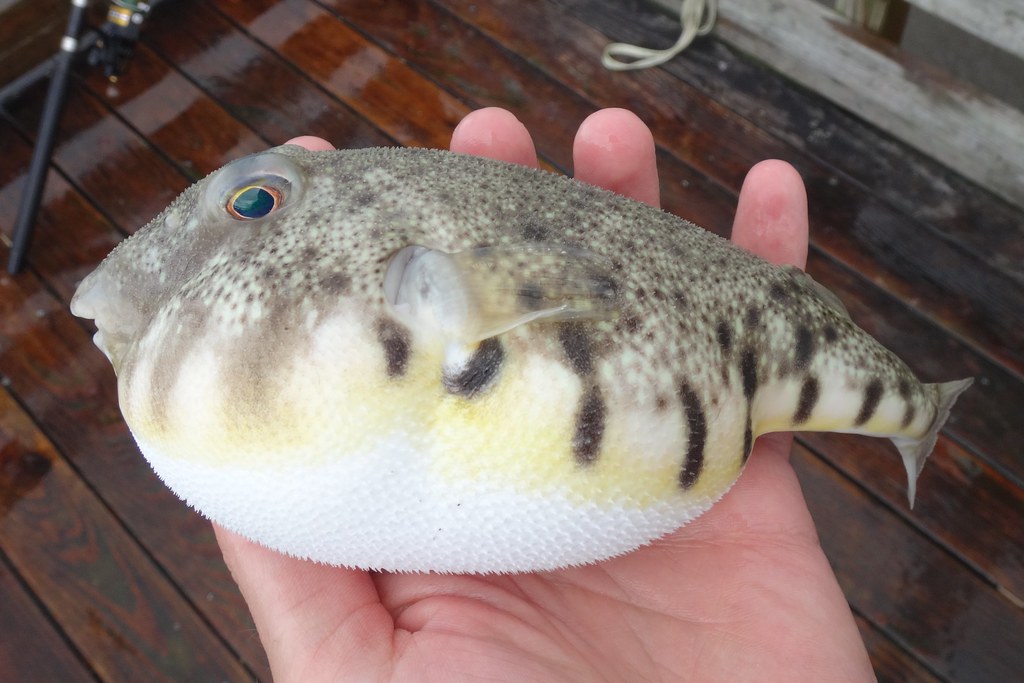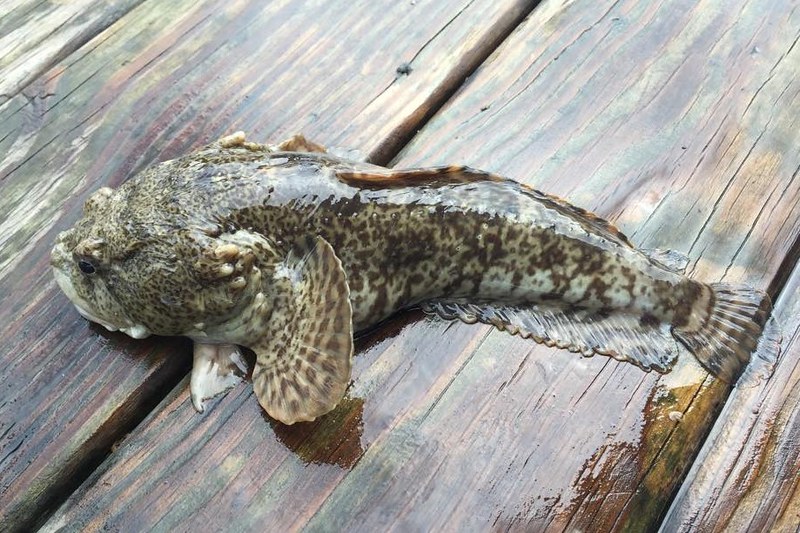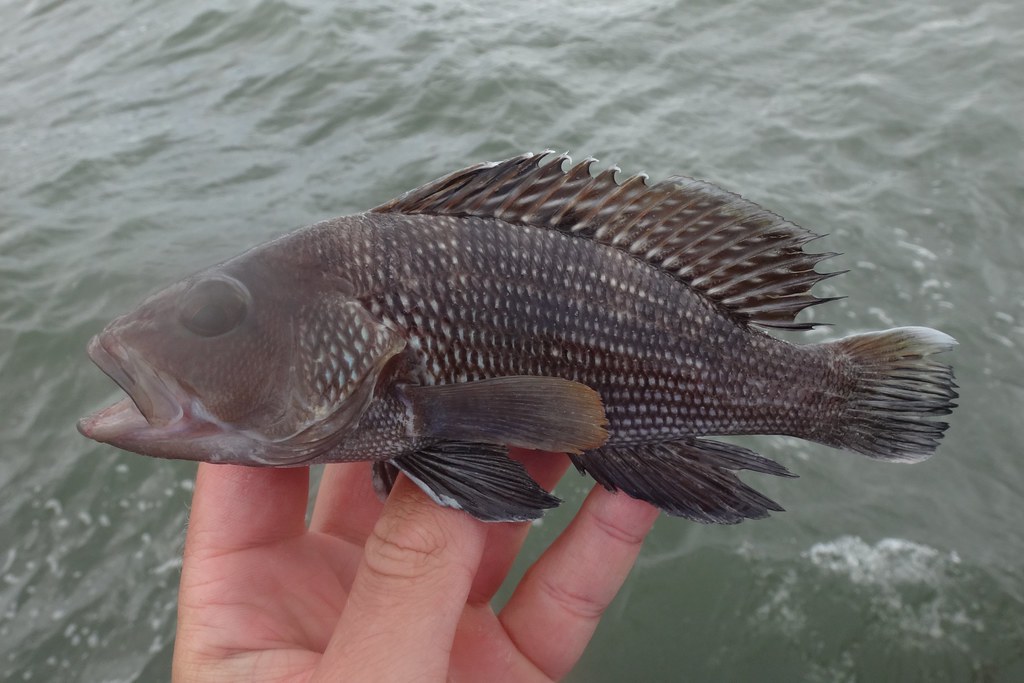Ruoxi moved to southern California this summer, and last weekend I was able to fly out to see her. We had a great time, and Ruoxi demonstrated how much she loved me by agreeing to a day of offshore fishing. On Sunday we drove to Newport Beach to meet up with Eli W, a local species fishing legend and friend of a friend. Ruoxi and I have met a lot of great people on our fishing trips, and Eli is right up there with the best of the best.
We launched our rental boat before sunrise, and by the time the sky begain to brighten we had purchased bait, a half scoop of anchovies, and motored outside the bay.
We saw people catching fish from the end of a jetty, and several boats were fishing in the area, so Eli told me to tie on a sabiki with a silver spoon on the end and start casting out. Right away I hooked up with my first lifer of the trip!
Pacific Bonito (Sarda chiliensis) - new hook & line species #306
Ruoxi took over with the same rig, and while I unsuccessfully fished with an imitation shad swimbait, she hooked up with a bonito as well.
Next we headed offshore. The water changed color from a blueish-brown to the deepest blue you can imagine. Our depth finder wasn't working, so we didn't know how far down the bottom was, but we knew it was deep. We stopped whenever we found a floating kelp paddy. Each one, even the ones no larger than a coffee table, had dozens of yellowtail jack swimming beneath. We freelined live anchovies to them, and usually it only took a minute or two to hook up.
Yellowtail Jack (Seriola lalandi) - new hook & line species #307
Occasionally we couldn't get the fish to bite. There didn't seem to be any reason why some schools were biting and others were not. At one of the bigger paddies, we saw a lone dorado swimming near the surface. Eli tossed out a bait with one of his light rods, and the dorado hit it!
After a few minutes of fighting, I think Eli regretted using such light gear. If he tightened his drag, his line would snap, so he had no choice but to take his time and let the dorado run when it wanted to run. Once or twice it came to the surface and jumped, and Ruoxi was able to get a really cool photo of it in the air.

After a few more minutes, Eli got the dorado up to the boat and was able to grab it by hand. We were all very excited about the catch!
Dorado (Coryphaena hippurus)
We were headed in the direction of Catalina Island, but we continued to stop at kelp paddies on the way. We saw a large group of boats in the distance. Eli excitedly said that there must be a tuna bite. We caught up with the group, and sure enough there was a large kelp paddy in the middle. However, several boats were giving up and leaving, and we even heard the captain of a party boat say that the bite had died down. We stopped and freelined out anchovies anyway. We also chummed with the ones that had already died in the livewell. Pretty soon we saw blue and silver torpedos racing through the water. My heart was pounding as I watched one of them slam my bait. I let line peel off my reel for a few seconds before I closed the bail and lifted my rod tip up hard to set the hook.

The fight that followed was unlike anything I had ever experienced. It wasn't even that large of a fish, but with the gear I was using, whenver it wanted to strip line off my reel, it stripped line off my reel. Eventually I worked it up to the side of the boat, and Eli reached down to grab it by the tail. My first California tuna!
Skipjack Tuna (Katsuwonus pelamis) - new hook & line species #308
Skipjack tuna would be a new lifer for Eli as well (there aren't many species in California that he hasn't caught), but for some reason we couldn't get any more fish to bite. While we were fishing, we saw a hammerhead swim by. It was attracted to all the activity. I snapped a photo as it swam under my line. If you look closely you can see my bait out past the end of the braided line (the fluorocarbon leader is invisible in the water).
Smooth Hammerhead (Sphyrna zygaena)
Eli was persistent, and eventually he caught his skipjack tuna. We were very glad he got one! It turned out to be the first of many, because the next spot was loaded with them. Within seconds of your bait hitting the water, a tuna would come racing up and slam it near the surface. Ruoxi had no problem hooking up with one

After a tiring fight that started with a cut finger and ended with sore muscles, Ruoxi joined the skipjack tuna club as well!
Eli caught one or two yellowfin tuna at this spot, but all I could catch were skipjack. I was beginning to worry that I wouldn't get my lifer yellowfin. Eli moved us closer to the kelp paddie, and again I hooked up with a strong fish. I couldn't tell what it was, but something about the way it pulled was enough for Eli to declare that it was a yellowfin. The next few minutes were intense. My forearms were hurting, and I really did not want to lose this fish. When I brought it close enough to the boat to see it, Eli and I both saw the yellow on the fins. Eli grabbed it by the tail, and I added yet another tuna species to my lifelist.
Yellowfin Tuna (Thunnus albacares) - new hook & line species #309
With our tuna fishing a success, we continued west until we reached the southern tip of Catalina Island. The steep slope of the shoreline was impressive.
The dropoff was so steep that even though we were very close to shore, the water depth was still several hundred feet. Twenty or thirty feet below the boat we could see a large school of halfmoon, a type of sea chub. They were easy to catch using a sabiki baited with pieces of squid.
Halfmoon (Medialuna californiensis) - new hook & line species #310
When we dropped our baits to the bottom, we caught ocean whitefish, which are a type of tilefish. I've wanted a tilefish for a long time, so it was great to finally catch my first one, regardless of how small it was.
Ocean Whitefish (Caulolatilus princeps) - new hook & line species #311
As we drifted a little closer to shore the bite changed abruptly from ocean whitefish to kelp bass. We assumed that the bottom had transitioned to kelp. This was the only species of fish I caught on the trip that was not a new lifer.
Kelp Bass (Paralabrax clathratus)
Ruoxi wanted a kelp bass as well, so she dropped a sabiki to the bottom and caught one right away. As usual, hers was bigger than mine.
We were running out of time, but before we wrapped up we moved closer to shore to see if we could catch something else, like a blacksmith or mackerel. However, the only fish that took my bait was the garibaldi below, which is a protected species in California. After taking a few photos I quickly released it, and we packed up to head back to Newport Beach.
Garibaldi (Hypsypops rubicundus) - new hook & line species #312
Eli and Ruoxi took turns driving the boat back towards shore, and they both did excellent jobs. We can't thank Eli enough for being our captain for the day. Ruoxi and I knew very little about offshore ocean fishing, and Eli was a great teacher. He showed us how to cast out sabikis and reel in quickly to catch bonito, how to scout out kelp paddies on the open ocean, and how to freeline live bait to catch pelagic fish. We can't wait for our next offshore trip!
Expect more posts from California in the future!
Edit: I guess I need to clarify - Eli is not an actual licensed captain. I didn't pay him for the trip. We split the cost of the rental boat, gas, and bait.


































































